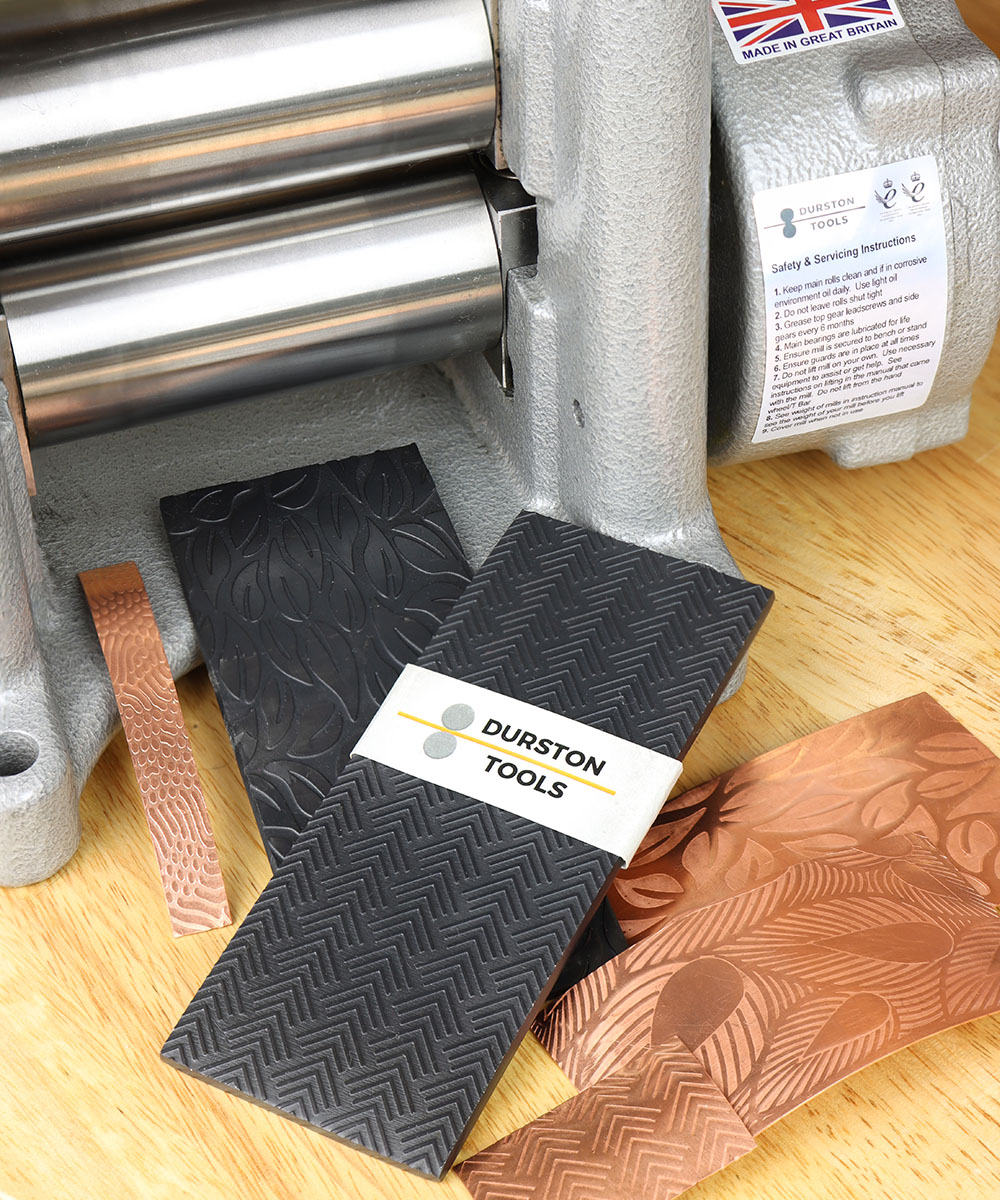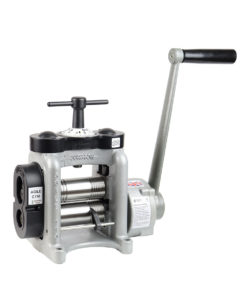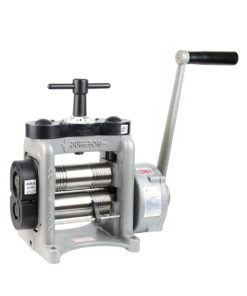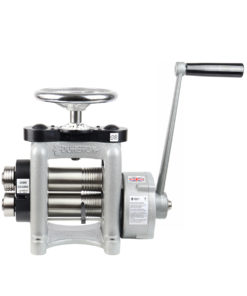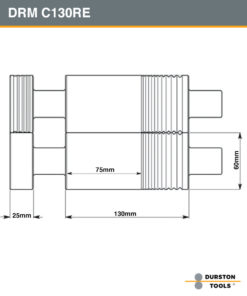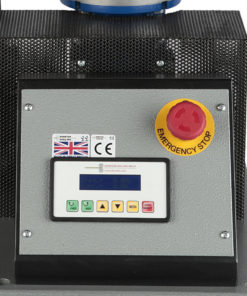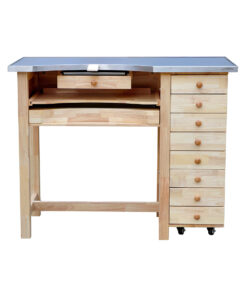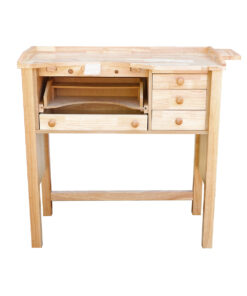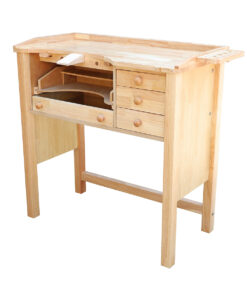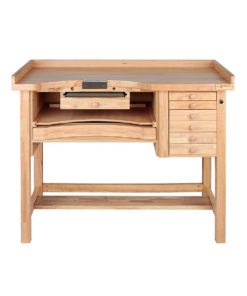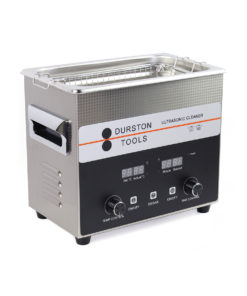Q&A – How To Get The Best From Your Ultrasonic Bath
Is ultrasonic cleaning aggressive or abrasive?
No. A Durston ultrasonic bath is not a replacement for a wire brush or emery cloth.
How do I get the best out of my Durston ultrasonic bath?
Ensure the jewellery being cleaned is fully submerged in the fluid.
It should not touch the tank sides or base to allow maximum cleaning (use the basket).
Check the cleaning solution is at the correct temperature.
Check the cleaning fluid is mixed in the correct ratio.
If you live in a hard water area, we recommend using de-ionised, de-mineralised or distilled water as calcium carbonate and other impurities in tap water can reduce the cleaning properties of the solutions and produce undesirable side effects such as limescale deposits. If you live in a soft water area, tap water should be OK.
What is ‘Degassing’ and how do I do it?
Degassing removes any gasses present in the cleaning fluid. You should do this whenever you use your ultrasonic bath as it will aid the cleaning process. You can degas your fluid by raising the temperature and switching on the ultrasonic power. Degassing is complete when bubbles stop rising and there are only ripples on the surface. Some of our Durston ultrasonic baths have a degassing function built-in. However, if left for a few hours, air will always rise to the surface naturally.
Can I put my hand in the tank while the unit is running?
Not really. Avoid putting hands in the cleaning solution, mainly if the ultrasonic is in operation. Not only do most cleaning solutions contain chemicals likely to cause skin irritation, but the action of ultrasonic energy in water can be harmful to human tissue.
Why do I need to use a basket in my cleaner?
Placing items directly in the tank causes them to come into contact with the base of the tank, which over time will damage the stainless steel and transducers which are attached at the underside of the unit. This will disrupt the ultrasonic generation, and if the items are heavy, can damage the electronics. Although using a basket will marginally reduce the effectiveness of the ultrasonic action slightly, this is not normally significant. An alternative method, particularly for large items is to suspend them in the fluid using a cross-bar (welding rod or knitting needles) and wires to dangle them in the liquid which prevents your item sitting on the bottom of the tank.
Why is it important to use my tank at the correct temperature?
Heating the tank will give better results to cleaning and also speed up the process – most solutions will need to be heated to perform as designed. The optimum temperature setting for the cleaning fluid should be indicated on the label on the bottle. The fluids we sell work between 50 – 80 degrees centigrade.
How often should I change the cleaning fluid in my tank?
The cleaning fluid in the tank should be changed whenever it becomes visibly too contaminated, or when the cleaning process is not as effective. If you can’t see the bottom of the tank, its time to change the fluid!
What is the cycle time of my Durston ultrasonic bath?
Most things clean in a few minutes. 5-10 minutes is sufficient for jewellery.
What is the ‘foil test’?
If you feel cavitation (cleaning) is not occurring properly you should perform the ‘foil test.
Set your tank to its correct operating temperature and add any solution and degas the fluid. Suspend a piece of baking foil in the tank and switch on the ultrasonic power. After around 1 minute, inspect the foil. If the cleaner is operating correctly the foil should be perforated.
Do l need the lid on the tank whilst cleaning?
No, it’s not essential, but the lid prevents any gasses from the cleaning solution produced by the heating and ultrasonic process from escaping and it keeps the heat in the fluid, and so saving power consumption.
When the cleaning cycle is finished do my items need rinsing?
Yes they do. Rinsing removes the residues of the cleaning fluid and any dirt or contaminants which may have been worked loose by the cleaning. Parts rinsed in de-ionised water will dry clear of water spots.
SKU:


